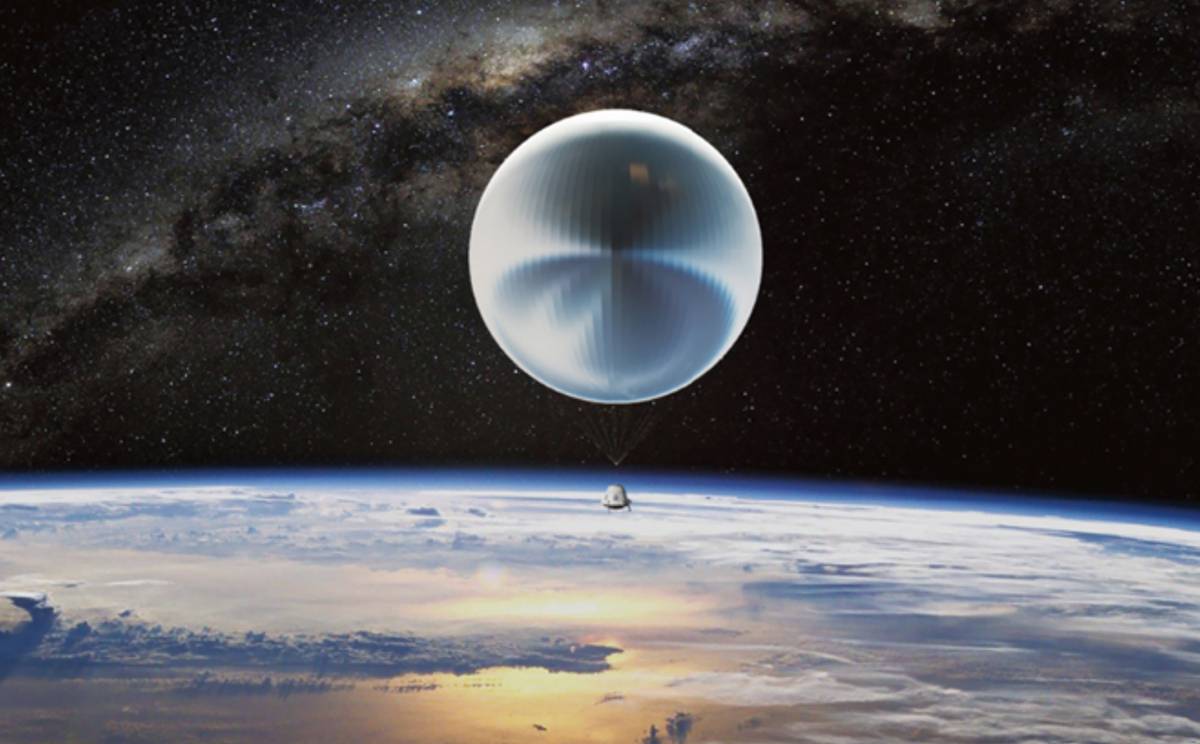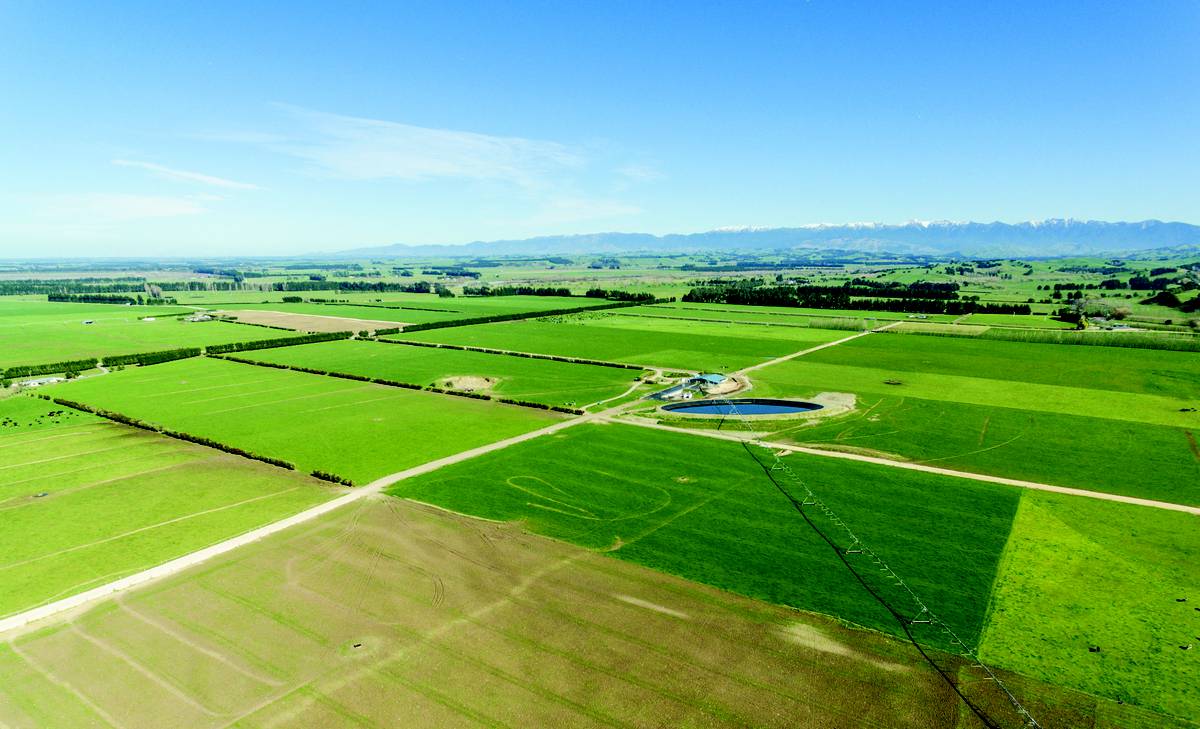Space launch from dairy farm after John Key met China's president Xi
22 Sep, 2017 10:05am


The launch into orbit of a Chinese near-space test flight from a New Zealand dairy farm was sealed in a deal between former prime minister Sir John Key and China's President Xi Jinping.
Just seven months after the two leaders met, a huge balloon carrying a capsule called Traveller was launched from a dairy farm outside Ashburton.
At 5.19am on June 6, 2015, the 40-metre diameter, one-tonne helium-filled balloon called Traveller soared twice the height airliners can fly.
The detail about the "near-space" launch was the single most startling line in a weighty academic report from University of Canterbury professor Anne-Marie Brady, published this week.
Brady's paper raised concerns about China's exercise of soft power to influence New Zealand - and about possible military applications of a near-space flight carried out by Chinese company KuangChi Science from a Chinese-owned dairy farm.
The flight was part of an agreement sealed between Key and Xi at the Agri-tech Innovation Showcase at Auckland in November 2014.
KuangChi Science is listed on the Hong Kong stock exchange while Pengxin has bought a number of New Zealand dairy farms.
The launch also saw Airways NZ involved as the New Zealand Government-owned air traffic controller.
Brady's paper raised concerns about China's exercise of soft power to influence New Zealand - and about possible military applications of a near-space flight carried out by Chinese company KuangChi Science from a Chinese-owned dairy farm.
In a section of the report titled "Why New Zealand is of interest to China", Brady stated: "New Zealand is useful for near-space research; which is an important new area of research for the [People's Liberation Army] as it expands its long-range precision missiles, as well as having civilian applications.
"Chinese companies Shanghai Pengxin and KuangChi Science have used Shanghai Pengxin's New Zealand dairy farms for near-space launches."
Near-space is considered to be between 20km and 100km above Earth and is sought after for communications, military and scientific exploitation.
The Traveller development by KuangChi Science makes no reference to any intelligence or military use.
Instead, the company talks of it developing into a low-cost satellite which can carry out "high precision monitoring" of the ground, mapping, agricultural and weather data collection and traffic navigation and high-speed wifi coverage.
It is also talking of developing "manned near-space tourism".
An Airways NZ spokeswoman said it supported the launch with air traffic control services. It was one of a number of companies with an interest in near-space with which Airways had worked, she said.
"At time of the launch our understanding was the company was engaged in promoting services such as internet access, minerals exploration and mining, disaster relief, and forest protection in the Democratic Republic of the Congo in Africa."
Brady's report raised concerns of the safety of New Zealand technology, saying buying into New Zealand companies "could be a means to potentially access strategic information and technology".
Not only did she highlight the Traveller launch but pointed to KuangChi Science becoming the main shareholder of Martin Jetpacks, a Canterbury-based company which has built a potentially revolutionary portable jetpack.
Glenn Martin, the investor who created the jetpack, said protection of technology in New Zealand was through "normal commercial protections like patents".
He dismissed any suggestion there was a need for concern over China.
"The Chinese have a thing called money. If they want to spend and buy stuff, why shouldn't they be able to?"
Martin said he had never had an issue with untoward influence from China. "That sounds a bit like a conspiracy theory to me. We've had more security issues with the US then we have ever had with China."
He said he had no problems with his jetpack in China but it went missing in the United States and had clearly been disassembled and put back together when returned.
NZ Defence Industry Association chairman Scott Arrell said partner countries had systems which protected the development and export of sensitive technology with intelligence and military application.
He said that wasn't the case in New Zealand, partly because of the size of the export market but also because there was low-level investment from defence and wider Government.
"If you don't have skin in the game, you can't really tell people who they can sell to."
No comments:
Post a Comment
Comments always welcome!